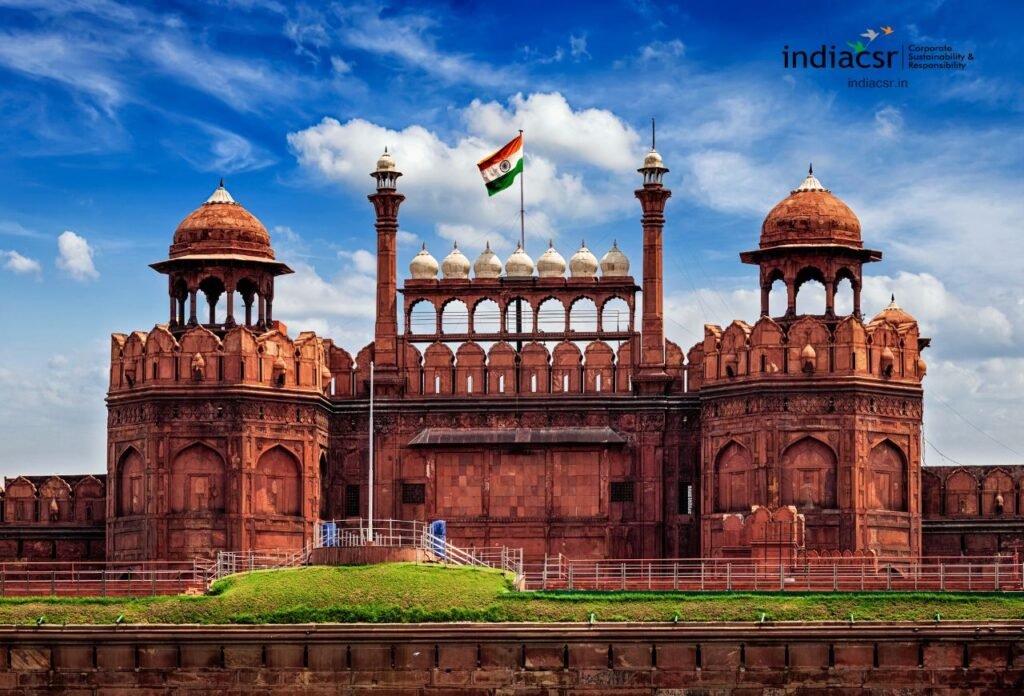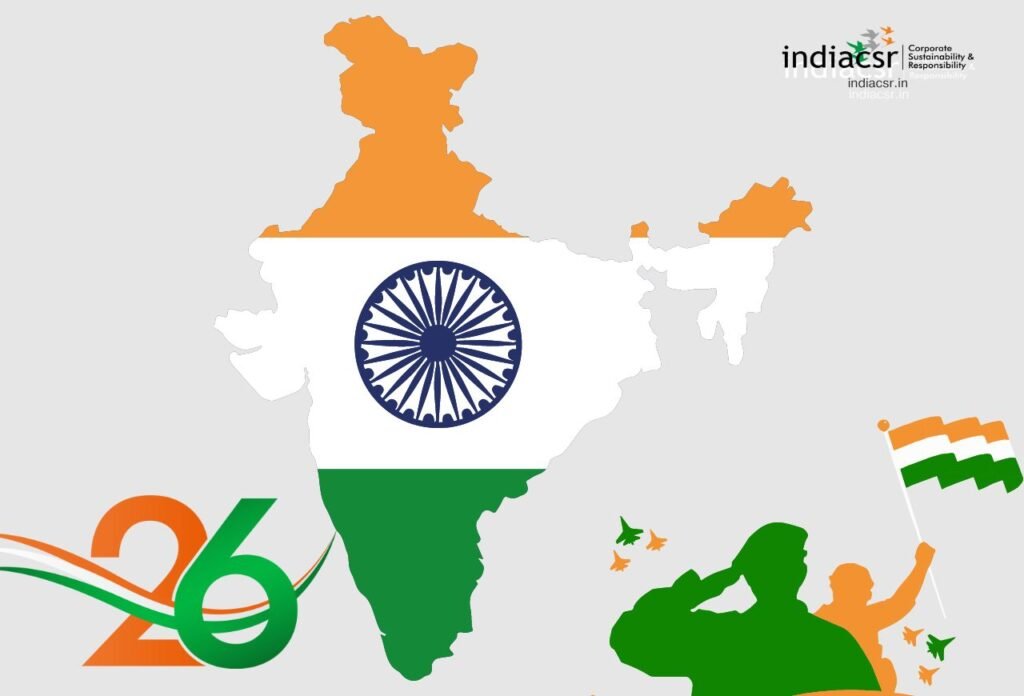Republic Day of India: A Celebration of Democracy and Diversity
Essay on Republic Day: Republic Day is one of the most important national festivals of India. It is celebrated every year on 26th January to commemorate the day when the Constitution of India came into force in 1950. The Constitution of India is the supreme law of the land that defines the rights and duties of the citizens and the structure of the government. It also declares India as a sovereign, socialist, secular, and democratic republic. Republic Day is a day to remember and honor the vision and values of the founding fathers of our nation who drafted the Constitution with great wisdom and foresight.

History of Republic Day
The history of Republic Day dates back to the freedom struggle of India against the British colonial rule. On 26th January 1930, the Indian National Congress declared Purna Swaraj or complete independence from the British as the ultimate goal of the Indian people. This day was chosen as the Republic Day of India by the Constituent Assembly after India attained independence on 15th August 1947. The Constituent Assembly, chaired by Dr. B.R. Ambedkar, drafted the Constitution of India with the help of various experts and representatives from different regions, religions, and communities of India. The Constitution of India was adopted by the Constituent Assembly on 26th November 1949, but it came into effect on 26th January 1950, marking the birth of the Republic of India.

Significance of Republic Day
Republic Day is a day of pride and glory for every Indian. It is a day to celebrate the achievements and aspirations of our nation. It is a day to salute the sacrifices and contributions of our freedom fighters, leaders, soldiers, and citizens who have made India what it is today. It is a day to reaffirm our commitment to the ideals and principles of the Constitution that guide our democracy. It is a day to showcase our rich and diverse culture, heritage, and unity in diversity. It is a day to inspire and motivate the younger generation to uphold the values of patriotism, secularism, and democracy.

Celebration of Republic Day
Republic Day is celebrated with great enthusiasm and fervor across the country. The main celebration takes place at Rajpath in New Delhi, where the President of India hoists the national flag and takes the salute of the parade of the armed forces and various cultural groups. The parade also displays the military and technological prowess of the country. The Prime Minister of India lays a wreath at the Amar Jawan Jyoti, the memorial of the unknown soldiers, to pay homage to the martyrs. The Chief Guest of the Republic Day is usually a foreign dignitary, invited by the President of India, to enhance the bilateral relations and cooperation. The Republic Day celebration also includes the awarding of the bravery medals to the children and the civilians who have shown courage and valor in different situations. The celebration ends with the flypast of the Indian Air Force jets and helicopters, creating a tricolor in the sky.

Apart from the national capital, Republic Day is also celebrated in all the states and union territories of India. The Governor or the Lieutenant Governor of the respective state or union territory hoists the national flag and addresses the people. Various cultural and social programs are organized by the government and non-government organizations to spread the message of peace and harmony. Schools, colleges, offices, and residential societies also celebrate Republic Day by hoisting the flag, singing the national anthem, and conducting various competitions and activities. People also watch the live telecast of the Republic Day parade and the speech of the President of India on television or online platforms. People also exchange greetings and wishes with their friends and family on this occasion.
It is a day to celebrate our achievements as a nation and to reaffirm our commitment to the ideals of justice, liberty, equality, and fraternity. It is a day to cherish our diversity and to uphold our unity. It is a day to salute our flag and to sing our national anthem. It is a day to be proud of being an Indian and to pledge to work for the welfare and progress of our country.
FAQ: Essay on Republic Day for Students on 26th January
-
What marks the difference between Independence Day and Republic Day in India?
While August 15th celebrates freedom from British rule, January 26th commemorates the birth of our democratic republic with the official adoption of the Constitution.
-
Who led the drafting of the Indian Constitution?
Dr. B.R. Ambedkar, known as the “Father of the Indian Constitution”, chaired the Drafting Committee responsible for crafting this vital document.
-
What are some key highlights of the Republic Day parade?
Witness the awe-inspiring march of various armed forces regiments, vibrant tableaux showcasing different states and cultural heritage, and breathtaking flypasts by fighter jets and helicopters.
-
Beyond parades, how do communities celebrate Republic Day?
Flag-hoisting ceremonies, patriotic singing, cultural performances, educational quizzes, and volunteering initiatives are common ways to honor the day and uphold civic spirit.
-
Is there a special theme for Republic Day each year?
Yes, a unique theme is chosen to focus on different aspects of national progress, unity, or specific initiatives. It’s announced by the government closer to the date.





